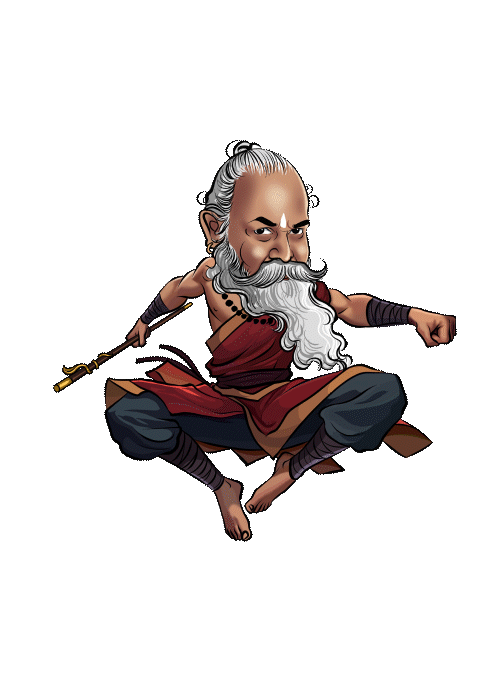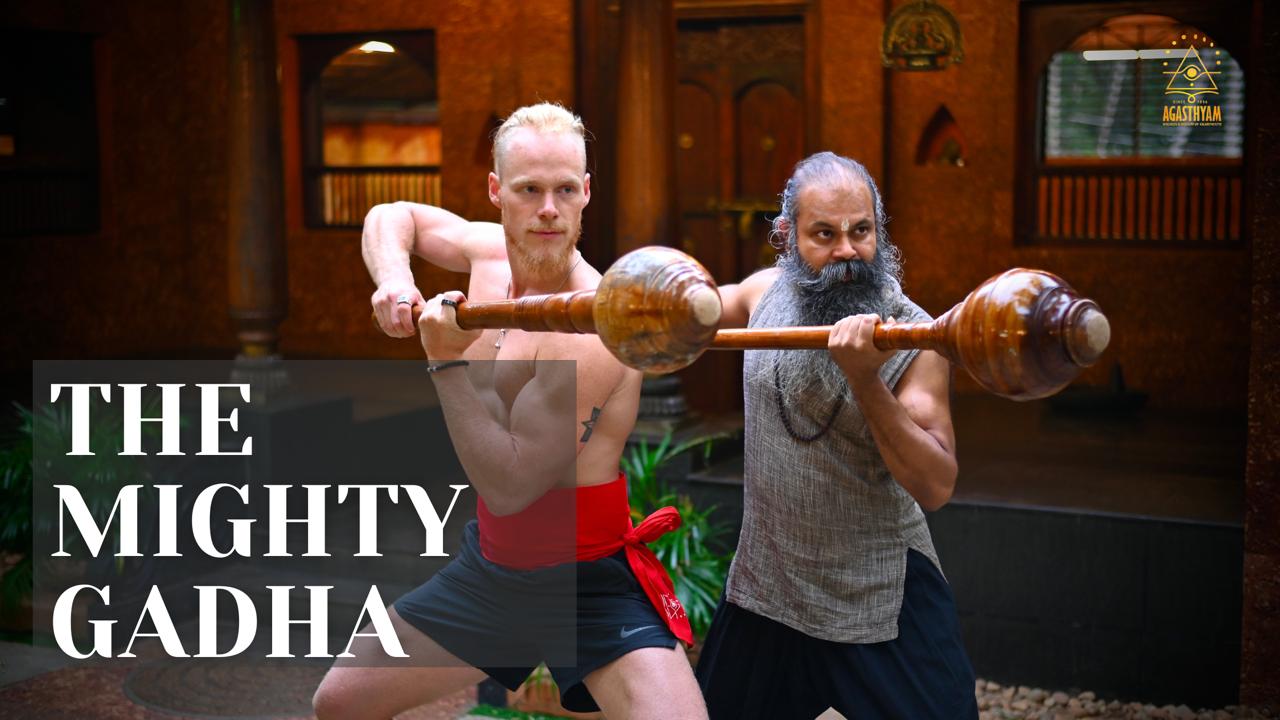
- kalari
- Uncategorized
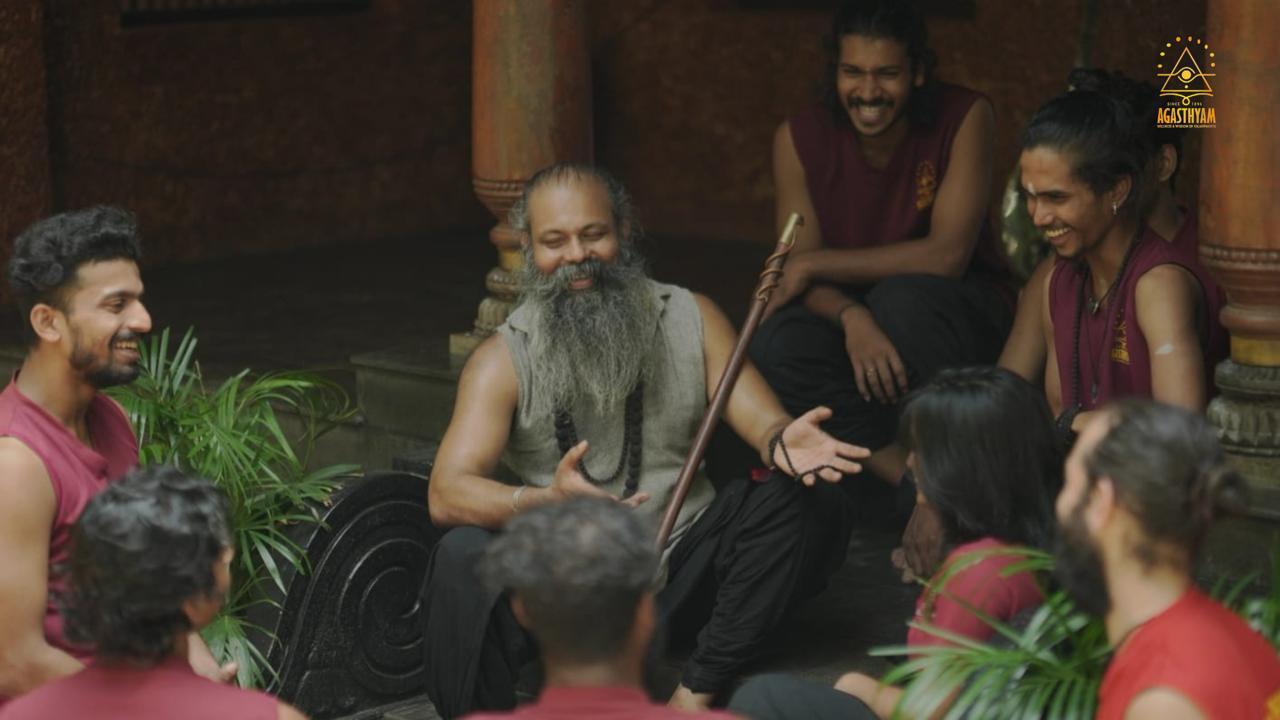
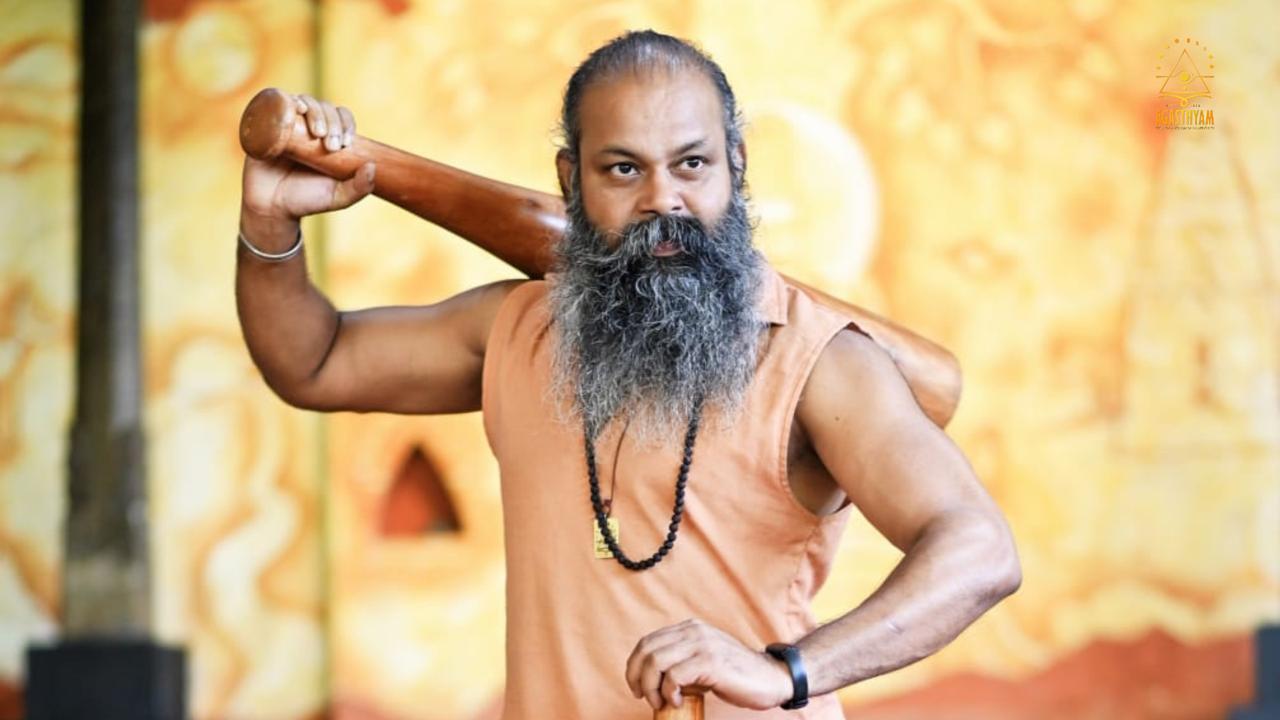
The gada’s global practice highlights its effectiveness as a weapon and a tool for physical conditioning. Across cultures, the principles of utilizing heavy, blunt instruments for combat are recognized, reinforcing the gada’s status as a symbol of strength and martial prowess. The gada continues to be celebrated not only for its historical significance but also for its ongoing relevance in martial training worldwide.
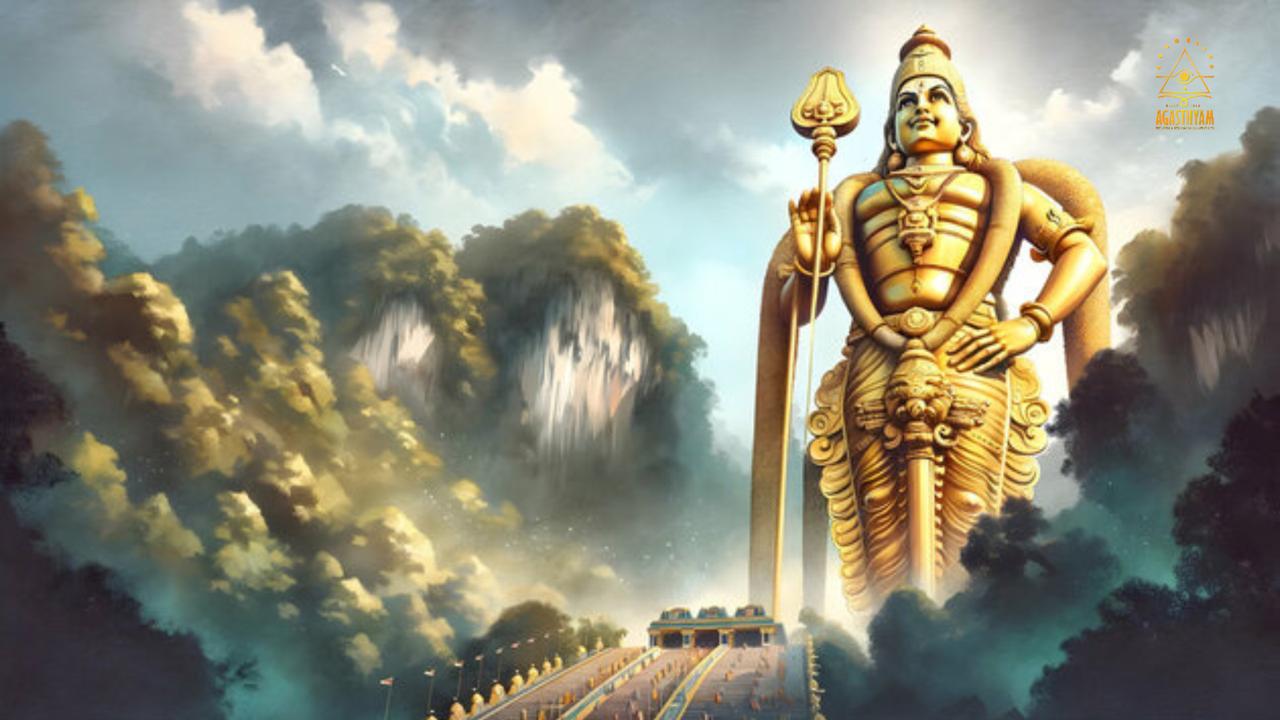
The ancient Tamil Sangam literature divides Tamil Nadu into five distinct regions: Kurinji the mountains, Mullai the jungles, Marutham farmlands, Neythal coastal, and Paalai deserts each of these regions is symbolic of different aspects of nature and human life, and they are intricately woven into the cultural and spiritual fabric of the land. Among these, Murugan reigns supreme as the king of Kurinji, the mountainous region.
Kurinji, the land of hills and mountains, is not only a geographical zone but a realm steeped in spiritual significance. Murugan, in his role as the king of Kurinji, is seen as the protector of these sacred hills. The mountains are home to the, sages, and tribes, and Murugan is considered their guardian and guide, embodying the qualities of valor, wisdom, and divine energy.
The praise of Murugan is found throughout the Sangam literature, particularly in the work of Tholkappiyar, who celebrated Murugan as the ruler of the Kurinji, the lord of the six militarycamps. Murugan’s role as a military leader, a teacher, and a spiritual guide is central to his worship and legacy,he sings
mayon meya kadurai ulakavum
seyon meya mevara ulakaum
vendan meya teepunal ulakaum
varunan meya perumanal ulakaum
mullai kurinji marutham neythal
ennu cholkira murayilum varukiren .
The verse you provided is from the Tiruppugazh, a devotional hymn written by the Tamil saint and poet Arunagirinathar in praise of Lord Murugan .The verse praises the rulers the earthly regions – mountains, forests, farmlands, coasts and the divine areas controlled by godly kings like Mayon (Vishnu), Seyon (Murugan), Vendan (Indra), and Varunan (Varuna). The poet affirms that Murugans influence was the king or chieftain of the mountains
Murugan’s mythology is a tapestry woven with stories of love and battle. From his valorousdefeat of the demon Surapadman to his loving relationships with the princesses Valli and Devayani, Murugan embodies the duality of the divine—a warrior who protects his people and a lover who brings joy to his devotees.
Murugan is often described as the chief or warlord of the six military camps (AarupadaiVeedu), where each temple symbolizes a strategic and significant part of his mission on Earth. These temples, each associated with a specific aspect of Murugan’s divine function, reflect his role not only as a god of war and protection but also as the leader of the Aadi Sangha (the ancient spiritual assembly), guiding his people through wisdom and strength.Through his guidance and teachings, Murugan unified the ancient Tamil people, spreading the knowledge of Sivayoga, a spiritual practice focused on meditation, martial arts, and the pursuit of enlightenment.
Murugan is not confined to the borders of India. In places like Sri Lanka and Indonesia, Murugan continues to be revered as a deity of energy, mercy, and military prowess. His influence stretches far beyond the Tamil diaspora, with his worship spreading across various cultures and religions, including Buddhism, where Murugan is known by different names like Wei Tho Pu Sa in China and Sabaru in Japan. Murugan’s story is a testament to the transformative power of spirituality, knowledge, and self-realization.
Born a man, he ascended to the status of a god not through divine birth, but through his work, penance, and unwavering dedication to the truth. He is both a symbol of human potential and a divine presence who guides us on the path of self-awareness and enlightenment. His legacy, embedded in Tamil culture and beyond, continues to inspire millions across the world.
